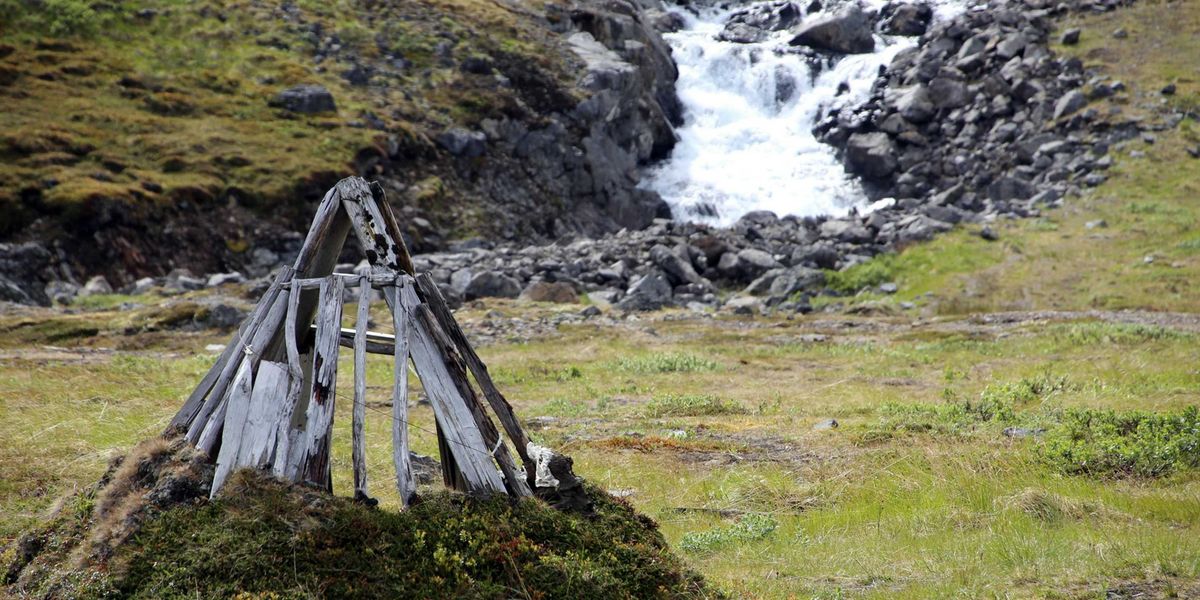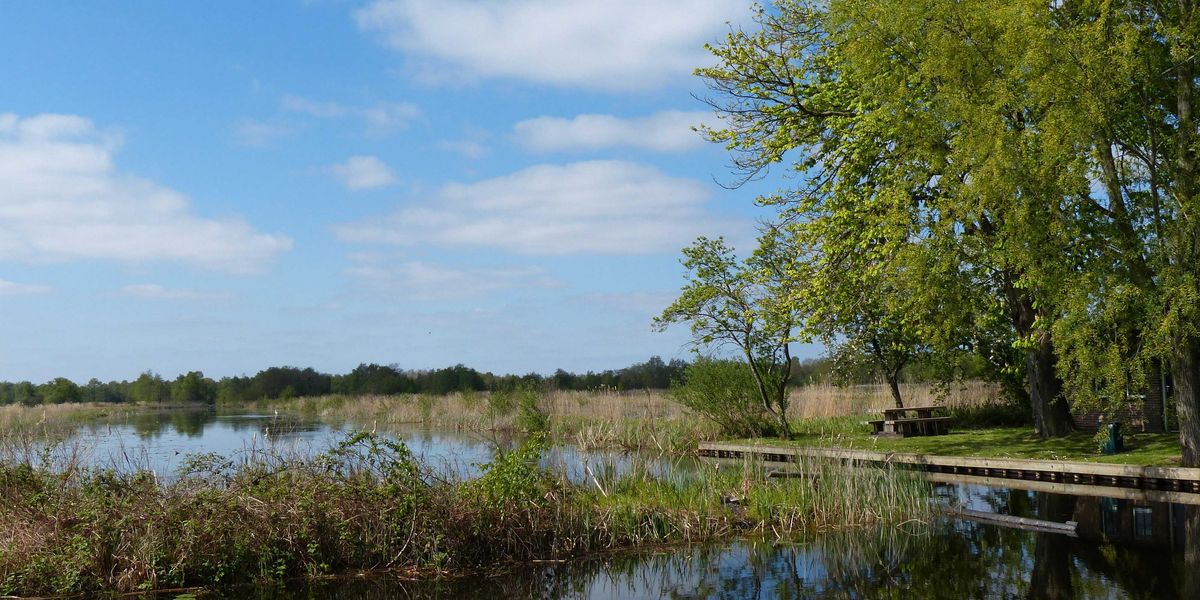Climate risks shake up the municipal bond market
As climate disasters intensify, the $4 trillion municipal bond market is starting to recognize the financial risks posed by extreme weather, with a recent credit downgrade in Los Angeles marking a significant shift.
Thomas Frank reports for E&E News.
In short:
- S&P Global Ratings downgraded the Los Angeles Department of Water and Power’s credit rating, citing increasing wildfire risks, causing bond values to drop and borrowing costs to rise.
- The downgrade signals a broader shift in the municipal bond market, which has historically overlooked climate risks despite the potential for disasters to erode tax bases and increase liabilities.
- President Donald Trump’s discussions about reducing federal disaster aid could further expose municipal bonds to climate risks by removing a financial safety net.
Key quote:
“Physical climate risks are an increasing credit consideration.”
— S&P Global Ratings
Why this matters:
Municipal bonds fund much of the country’s infrastructure, from schools to water systems, and are often considered safe investments. But as climate-fueled disasters worsen, cities could struggle to repay debts, raising borrowing costs and making infrastructure projects more expensive. If credit ratings begin factoring in climate risks more aggressively, investors may demand higher interest rates or shy away from bonds in disaster-prone areas. The potential reduction in federal disaster aid could amplify these risks, forcing local governments to rethink how they finance recovery and resilience efforts.













